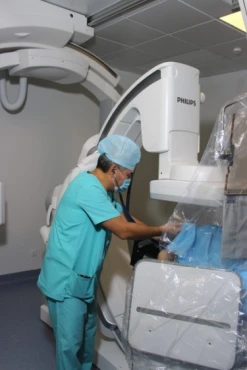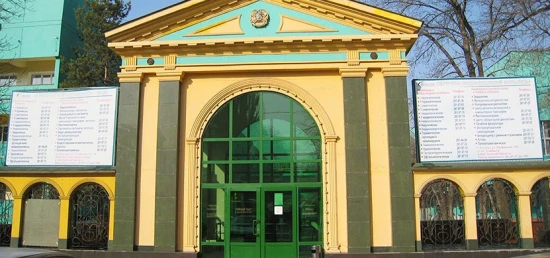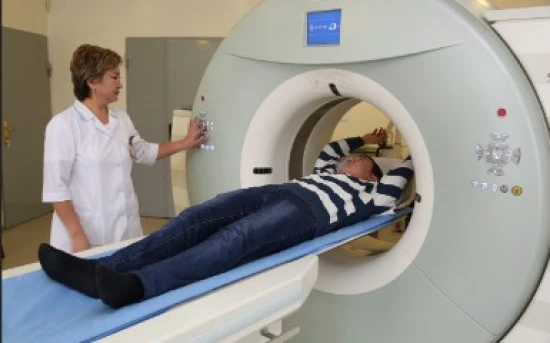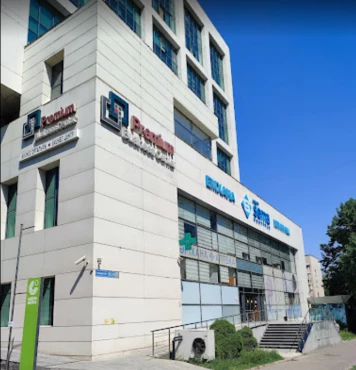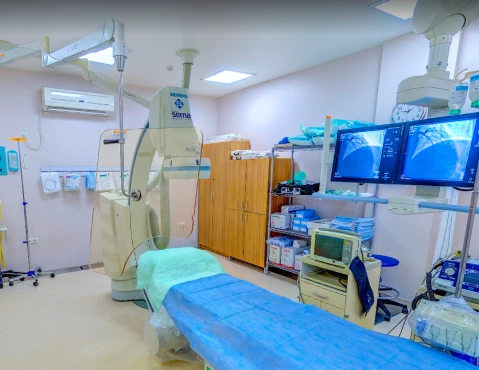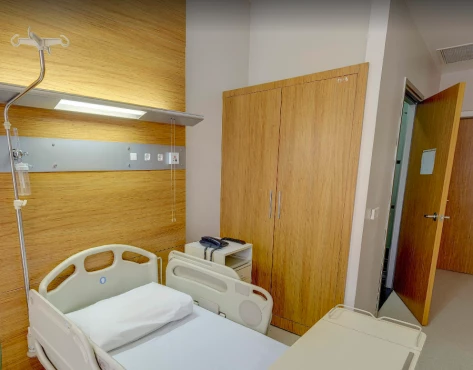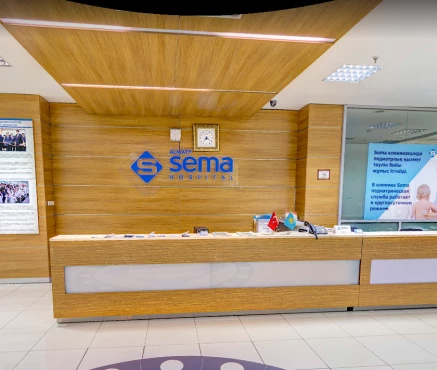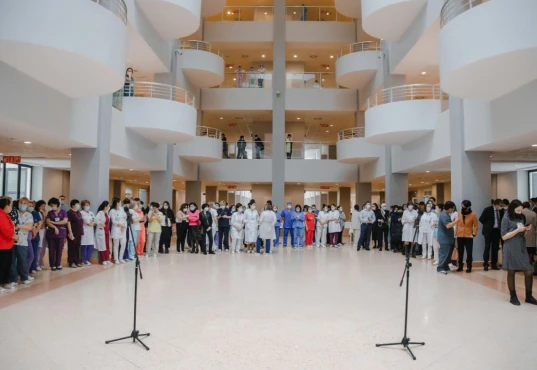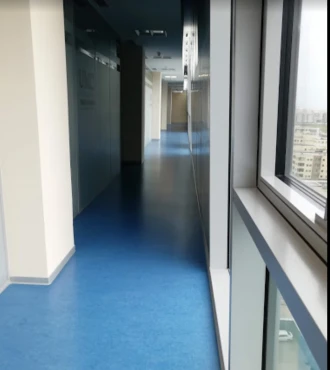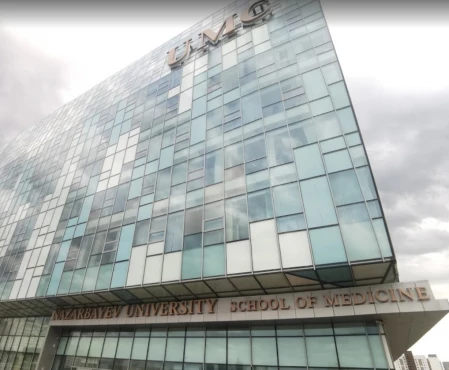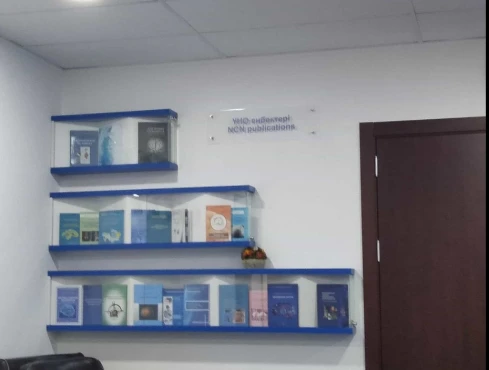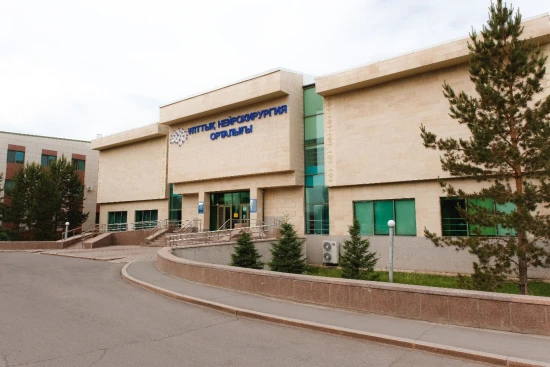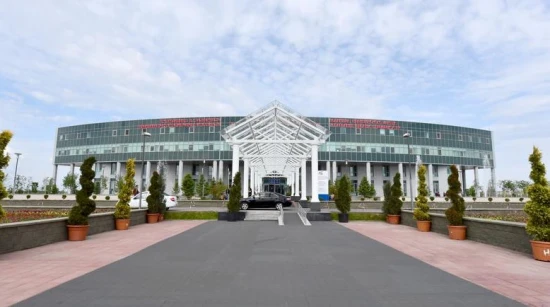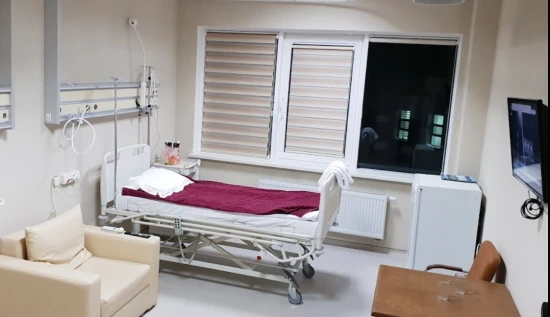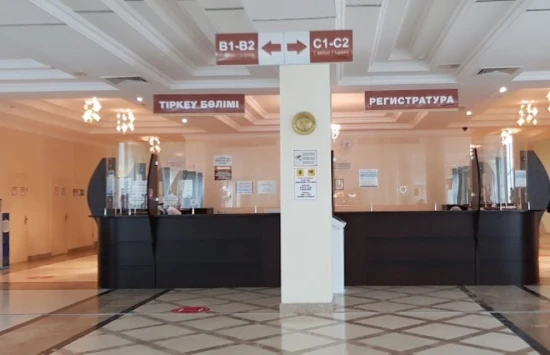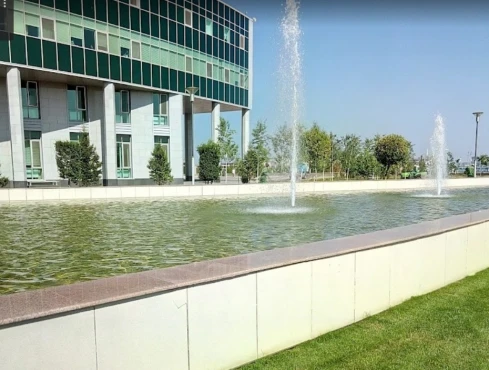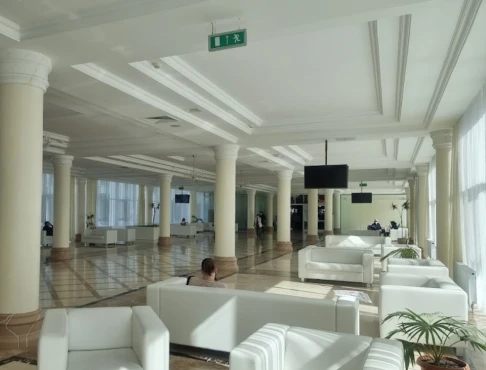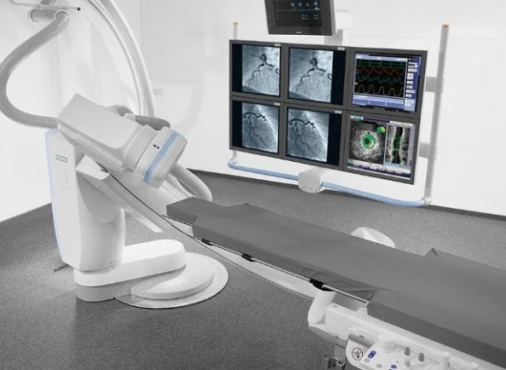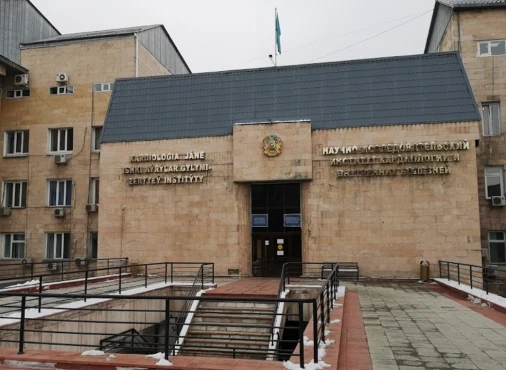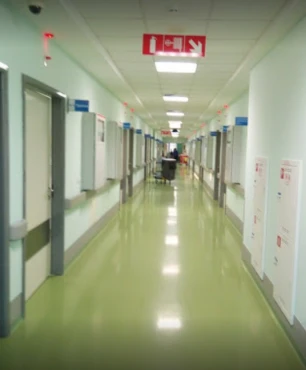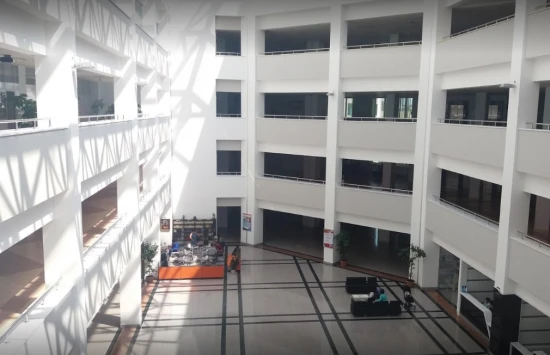Stroke treatment in 2 Neurosurgery and Vascular surgery clinics in Almaty
2 clinics specializing in Neurosurgery and Vascular surgery providing treatment of
Stroke
Stroke is a medical emergency caused by a sudden interruption of blood flow to the brain. It can lead to neurological deficits, such as paralysis, speech difficulties, and cognitive impairments. Immediate medical attention is crucial to minimize brain damage and improve outcomes.
Read more...
disease in Almaty.
Sorted by:
Relevance
Rating
Relevance
Prices for popular procedures:
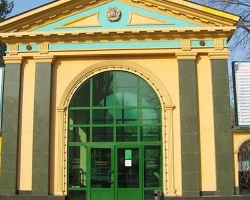
Almaty, Kazakhstan
Specializations: Cardiac surgery, Vascular surgery, Thoracic surgery, Neurosurgery, Spine surgery, Orthopedic surgery, Oncology
Languages: English, Kazakh, Russian
Central Clinical Hospital – One of the best clinic in the country, having breakthrough diagnostic and treatment technologies, providing a wide range of medical
read more
Prices for popular procedures:
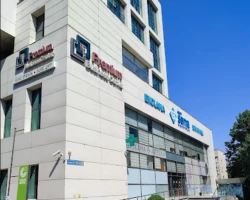
Almaty, Kazakhstan
Specializations: Cardiac surgery, Vascular surgery, Thoracic surgery, Neurosurgery, Spine surgery, Orthopedic surgery, Oncology, Dentistry
Languages: English, Russian
At the Almaty SEMA Hospital Clinic, you can get a full range of medical services provided by our leading specialists. Whether you need a small
read more
5 nearby similar clinics in Kazakhstan
Perhaps you should consider 5 more clinics we have found nearby basing on your Location, Disease filters applied.
Prices for popular procedures:
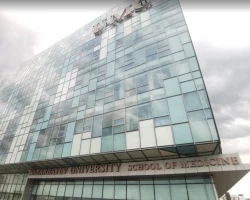
Astana, Kazakhstan
Specializations: Cardiac surgery, Vascular surgery, Thoracic surgery, Neurosurgery, Spine surgery, Orthopedic surgery, Oncology
Languages: English, Kazakh, Russian
University Medical Center” Corporate Fund was founded pursuant to the decision of the board of trustees of the autonomous organization of education “Nazarbayev University” dated
read more
Prices for popular procedures:
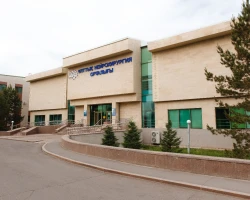
Astana, Kazakhstan
Specializations: Vascular surgery, Thoracic surgery, Neurosurgery, Spine surgery, Orthopedic surgery, Oncology
Languages: English, Kazakh, Russian
The National centre for Neurosurgery is one of the leading clinics in Central Asia, providing a full range of neurosurgical services, starting from diagnosis and
read more
Prices for popular procedures:
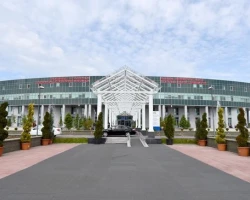
Astana, Kazakhstan
Specializations: Cardiac surgery, Vascular surgery, Neurosurgery, Spine surgery, Orthopedic surgery, Oncology
Languages: English, Kazakh, Russian
The Medical Centre Hospital of the President’s Affairs Administration of the Republic of Kazakhstan - advanced health care facility delivering highly qualified secondary and tertiary
read more
Prices for popular procedures:
Prices for popular procedures:
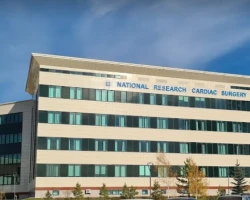
Astana, Kazakhstan
Specializations: Cardiac surgery, Vascular surgery, Thoracic surgery, Orthopedic surgery
Languages: English, Russian
«National Research Cardiac Surgery Center» JSC was built on the instructions of the Head of State N.A. Nazarbayev to improve access tertiary cardiologic, cardiac surgery
read more
Clinics grouping by rating
All the scored clinics have the same rating of 3.8, clinic with the most reviews number of 245 — Almaty SEMA Hospital in Almaty, Kazakhstan.
Countries with the highest number of clinics treating the diseases:
Stroke:
worldwide
806 clinics
Brazil
48 clinics
Germany
44 clinics
India
41 clinics
Mexico
35 clinics
Colombia
33 clinics
Related procedures:
Procedures are likely to be used for Stroke treatment:
Carotid and intracerebral thrombolysis,
Carotid angiography,
Cerebral angiography,
Decompressive craniectomy,
and
Extra-intracranial arterial bypass (EIAB)
.
